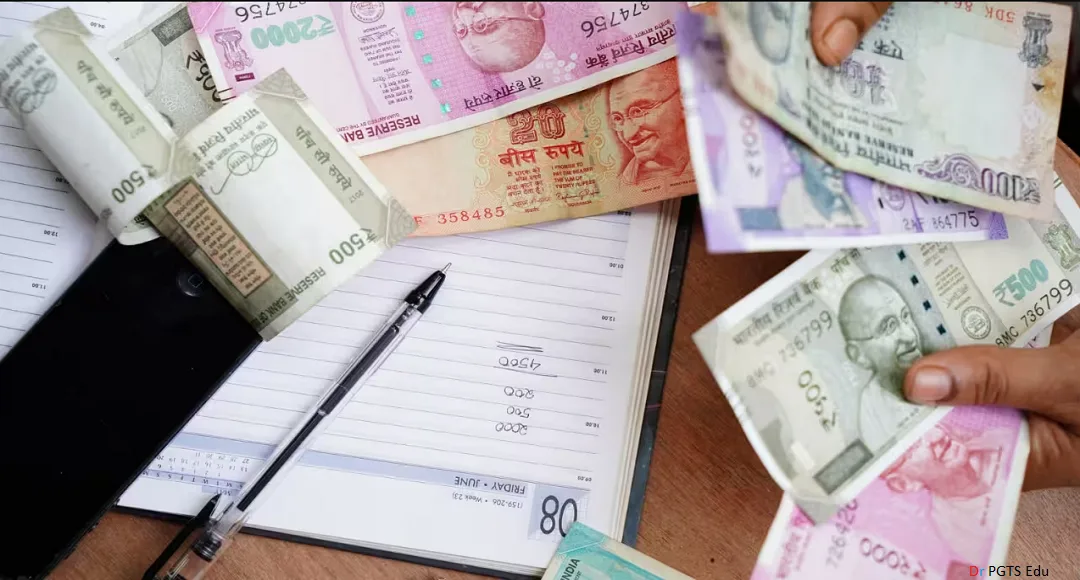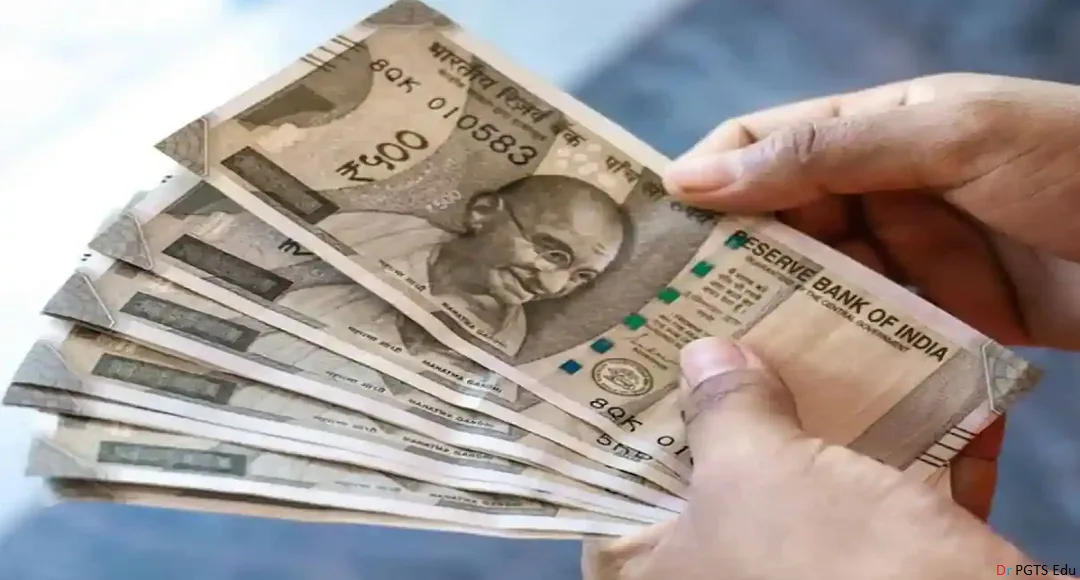India Middle Class Salary Crisis has long been viewed as the engine of economic growth, consumer demand, and social stability. However, a silent crisis is brewing—one that is often overlooked amid rising GDP figures and unicorn startups. The Indian middle class is facing a severe salary stagnation, despite increasing costs of living, inflation, and aspirational lifestyles. This article explores the history, income trends, types, merits, and demerits of India’s middle class, highlighting why this silent struggle deserves national attention.
A Brief History of India’s Middle Class
India Middle Class Salary Crisis began taking shape after economic liberalization in 1991. The government opened up the economy, encouraging private enterprise and foreign investment. This led to rapid urbanization, increased employment opportunities, and a surge in consumption. By the early 2000s, the middle class emerged as a strong socio-economic category, marked by stable jobs, rising income, and upward mobility.
However, the 2010s witnessed a shift. The explosion of technology, automation, and gig economy jobs changed the employment landscape. While new opportunities emerged, income disparities widened. The middle class began to feel the pinch.
Who is the Middle Class in India?
There is no universally accepted definition of the “middle class” in India, but most economists define it based on income range, consumption patterns, and lifestyle indicators.

Income Range of Indian Middle Class (Monthly)
| Category | Income Range (INR) | Description |
|---|---|---|
| Lower Middle Class | ₹15,000 – ₹25,000 | Basic needs met, minimal savings |
| Middle Middle Class | ₹25,000 – ₹75,000 | Stable lifestyle, limited luxury |
| Upper Middle Class | ₹75,000 – ₹1,50,000+ | Comfort lifestyle, good savings |
India Middle Class Salary Crisis According to Pew Research (2021), about 30% of India’s population qualifies as middle class. That’s nearly 430 million people—a demographic critical for India’s future.
Earnings and Salary Trends
Despite the rise in employment, real income growth for the middle class has remained sluggish. Here’s how the salary crisis unfolds:
-
Stagnant Wages: Private sector salary hikes have averaged just 4-6% annually over the last decade, barely keeping up with inflation.
-
Higher Cost of Living: Rent, food, education, and healthcare expenses have surged, eroding real income.
-
Job Insecurity: Automation and outsourcing have reduced job stability, especially in IT, manufacturing, and media sectors.
-
No Social Safety Net: Unlike Western economies, India lacks robust unemployment insurance and pension systems.
Key Features of India Middle Class Salary Crisis

-
Educationally Aspirational: High focus on education and competitive exams.
-
Savings-Oriented: Traditional focus on savings, gold, and fixed deposits.
-
Home Ownership: A strong drive towards owning real estate.
-
Service-Sector Dominated: Most middle-class jobs are in IT, healthcare, education, finance, and government sectors.
-
Urban-Centric: Largely located in Tier 1 and Tier 2 cities.
Types of Middle Class in India
-
Traditional Middle Class: Salaried employees in public and private sectors with a frugal mindset.
-
Emerging Middle Class: First-generation earners in smaller cities or towns, ambitious and digitally connected.
-
Neo-Middle Class: Rising from poverty, aspirational, heavily dependent on consumer credit.
Merits of the Indian Middle Class
-
Driving Consumption: Boosts domestic demand in sectors like electronics, automobiles, and housing.
-
Education-Focused: Produces a skilled workforce.
-
Stabilizing Force: Politically and socially moderate.
-
Tax Contributors: Major contributors to income tax and GST revenues.
Demerits and Challenges
-
Debt-Driven Growth: Many middle-class families rely on EMIs and credit cards.
-
Income Insecurity: Lack of consistent income growth impacts financial planning.
-
Healthcare Burden: Private healthcare is costly, and insurance penetration is low.
-
Education Trap: High cost of quality education leads to stress and financial strain.
Current Trend: A Shrinking Middle?
India Middle Class Salary Crisis Recent reports indicate that the Indian middle class is under pressure:
-
COVID-19 Impact: Over 32 million Indians slipped below the middle-income threshold during the pandemic.
-
Urban-Rural Divide: Rural middle class growth is slow and inconsistent.
-
Skilling Gap: Many graduates remain unemployed or underemployed due to outdated education systems.
India Middle Class Salary Crisis The Way Forward
The India middle class salary crisis is not just an economic issue—it’s a societal one. A shrinking or financially stressed middle class can lead to lower consumption, higher inequality, and reduced innovation. For India to maintain its global ascent, policies must focus on:
-
Increasing real wages.
-
Strengthening job security.
-
Reducing inflationary pressures.
-
Expanding social safety nets.
-
Investing in skill development and affordable education.
India Middle Class Salary Crisis Only then can the Indian middle class regain its momentum and continue to drive the country forward.
Read also: Indias gdp boom what it means for you and the global economy in 2025

